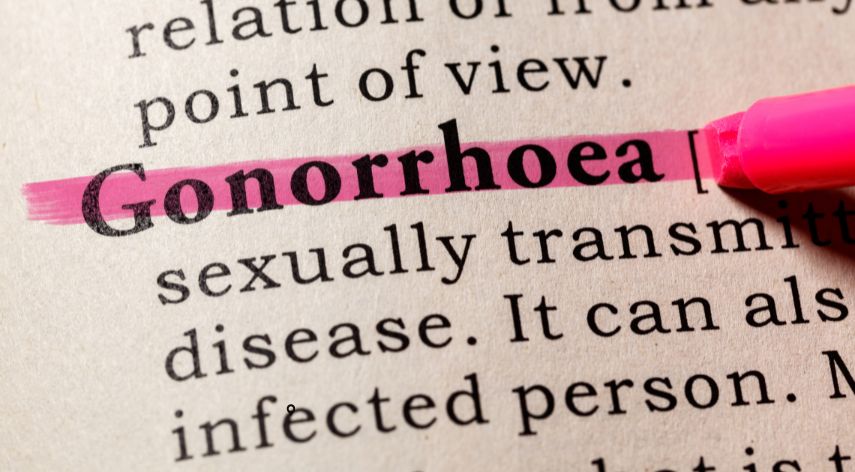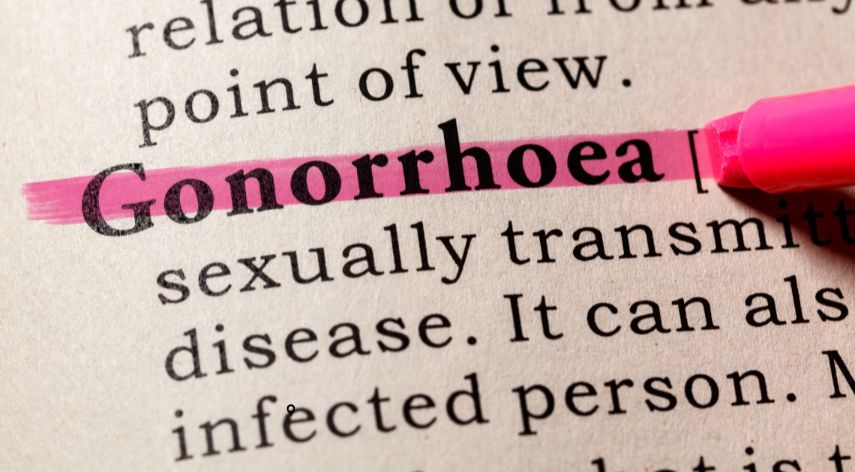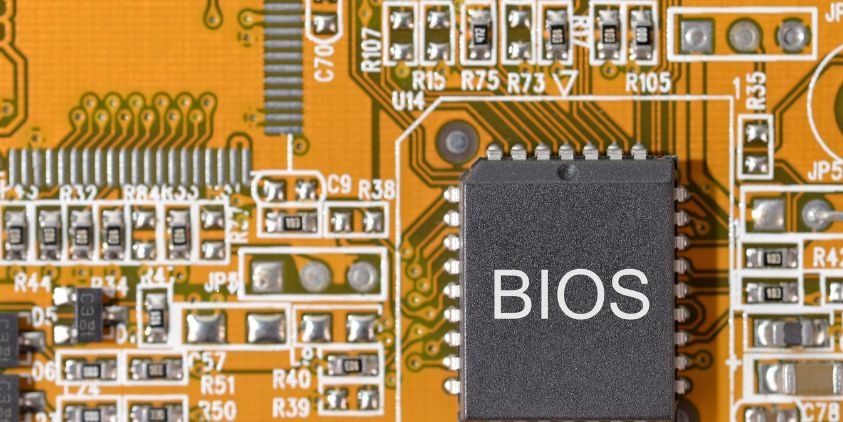Needle Gauge Sizes: A Complete Guide

Did you know that in the 17th century, healthcare professionals used goose quills to administer medication? Today, needles and syringes are indispensable tools for administering fluids in clinics and hospitals.
Needles come with varying needle gauge sizes. This is the measure of the diameter or thickness of a needle. Additionally, you should know that most needles even have a beveled tip for puncturing and cutting. It also comes with a cap to protect healthcare providers when removing the package to using the needle.
Are you finding it challenging to differentiate the different types of needle gauges? Learn more about it in this needle gauge size guide.
Table of Contents
ToggleWhat Is A Needle Gauge?
The gauge of a needle is measured based on a different set of numbers. A lower number shows that the needle has a wide diameter. If a needle has a high gauge number, it indicates a small width. Needles with large diameters have thick walls, making them durable and stronger.
These gauges effectively administer viscous medication, and they also support dense skin penetration. Needles with a small diameter (fine gauge needles) like those found at ukmedi.co.uk are ideal for low viscosity medications. Patients will also feel less pain when a caregiver injects them.
Common Needle Gauge Sizes You Should Know About
When it comes to measuring needle gauges, you’ll not rely on the standard unit of measurement. This is because a high gauge number indicates a narrow width. Here’s an overview of the different gauge sizes you should know.
The 18 Gauge Needle
Many caregivers use this needle size to push fluids rapidly or administer blood. This is the case when performing CT PE Protocols, among other tests. The 18-gauge needle comes attached with a collection bag that doesn’t need extra assembly.
The 21 Gauge Needle
Healthcare providers use this type of needle when drawing blood to perform routine tests. Given that the gauge for this needle is small, you’ll not feel any discomfort or pain during use.
This needle gauge doesn’t force blood via its thin needle bore. This helps to prevent the rapture of blood components that a caregiver is to analyze, ensuring specimen integrity. This needle comes with a green color code.
The 22 Gauge Needle
Like the 21 gauge, caregivers use these needles to draw blood for routine tests. Given that it’s much smaller than the 21 gauge, healthcare providers commonly use it on adults and older children with smaller veins. This needle I color-coded with a black covering.
The 23 Gauge Needle
Also referred to as Butterflies, healthcare providers use this needle on patients with lower than average veins. It comes with a light blue color code. Caregivers mostly use these needles on infants and small children because they have smaller veins than adults.
Know Your Needle Gauge Size
Needle selection can be complicated if you don’t know how to choose the right size. Remember that needle gauge sizes will increase as the width of the needle decreases. This means that an 18 gauge needle will have a large width than a 30 gauge needle.
Want to get more informative content? Check out our blog section for a wide range of articles in different niches.
Alice Christina, a seasoned health writer, combines her passion for wellness with a strong foundation in evidence-based research. She crafts insightful content that empowers readers to make informed health decisions. Alice's expertise shines through her concise and reliable health articles.
Recommended For You
Spread the loveIntroduction The human face is a canvas of identity. It conveys emotions, signals health, and influences how others
Spread the loveGonorrhoea is one of the most common sexually transmitted infections (STIs) in the UK, affecting thousands of people
Spread the loveIf you’re reading this, chances are you’ve either heard of gonorrhoea or are curious about it—and rightly so.
Browse by Category
- Travel
- Technology & Gadgets
- Sports & Games
- Software
- Shopping
- Reviews
- Real Estate
- Numerology
- News
- Make Money
- Lifestyle
- Law
- Home Improvement
- Health
- Gardening
- Games
- Finance
- Entertainment
- Education
- Digital Marketing
- Diet and Fitness
- Dating
- Construction
- Celebrity
- Career and Jobs
- Business
- blog
- Angel Number





